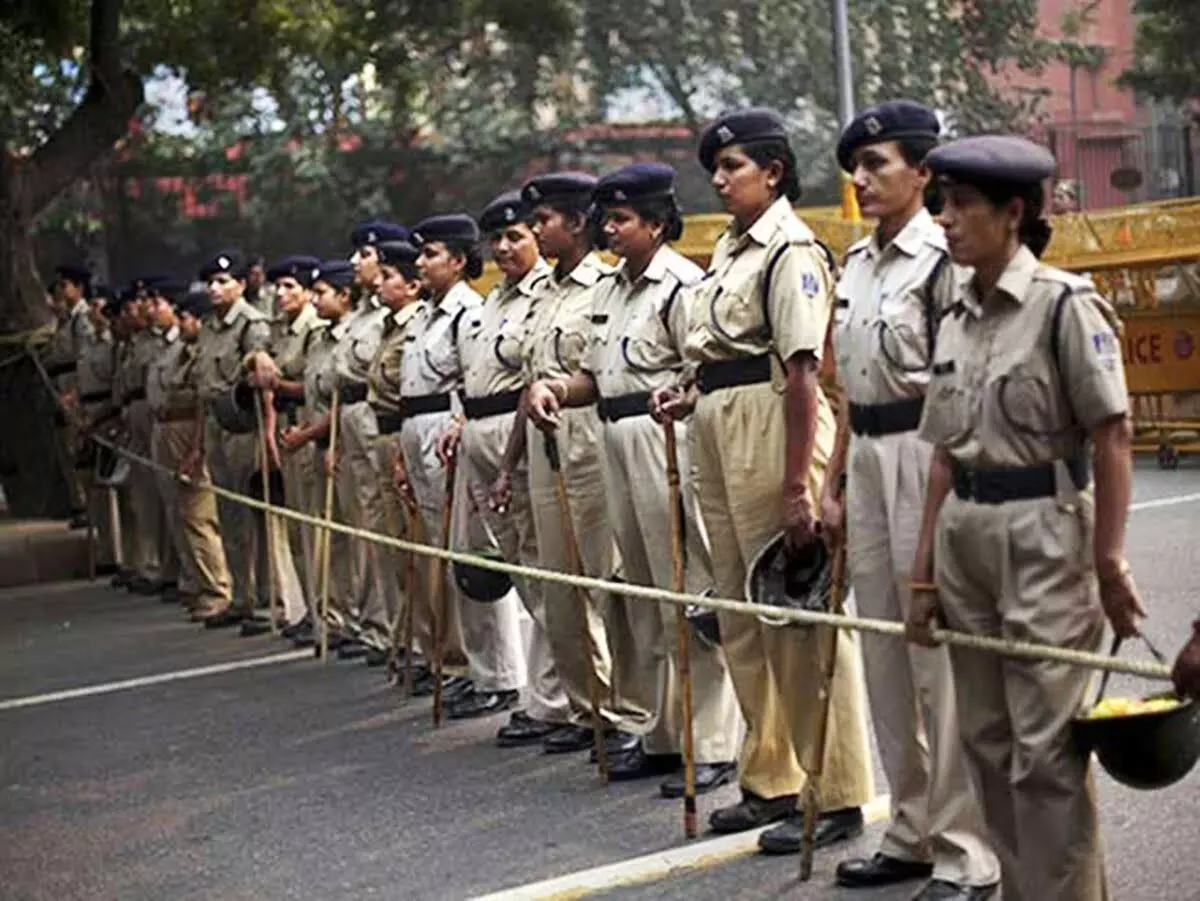Why India’s Gender Quotas in Police Forces Remain Just a Promise on Paper

When the West Bengal government recently announced the formation of Aparajita task forces in response to a heinous crime against a young woman, it felt like a long-overdue step. These special task forces, led by women police officers, are meant to address crimes against women and children in a state where the representation of women in the police force stands at a dismal 9.6%—one of the lowest in the country. On the surface, this seems like a bold move. But scratch beneath that surface, and the reality of gender quotas in India’s police forces begins to look a lot less impressive.
Take, for instance, Rajasthan’s decision to increase the reservation for women in its police force from 30% to 33%. Yes, this was a promise made in the ruling party's election manifesto, and the change is being celebrated as a significant step toward gender equality. However, Rajasthan’s police force today comprises only 10.87% women, despite decades of a 30% reservation. This mirrors a pattern seen across the country: quotas that sound progressive on paper but fail to translate into actual representation.
The Bureau of Police Research and Development (BPR&D) noted in its 2023 report that women make up just 12.32% of the total police force nationwide, despite the national push for increased gender representation. While this is an improvement from previous years, the progress remains sluggish. And this underrepresentation matters—it matters because when women are absent from the policing system, their voices, concerns, and experiences are often sidelined. This is particularly significant when dealing with crimes against women, where sensitivity and understanding can make all the difference in how a case is handled.
Even states that have led the charge in terms of gender quotas in policing, like Bihar with 23.66% women in its force, are the exception rather than the rule. In contrast, states like Uttar Pradesh, Jharkhand, and Chhattisgarh continue to hover around the 10% mark. The situation is even worse in northeastern states like Manipur and Meghalaya, where female representation in the police is below 7%.
One of the critical issues here is that gender quotas are applied primarily at the entry level—constables and sub-inspectors—leaving the higher ranks still largely dominated by men. The quotas might get women in the door, but the institutional glass ceiling prevents them from rising. Even Maharashtra, which first introduced a 30% reservation in 1971, still only has 18.66% women in its police force over 50 years later. While it’s encouraging to see progress, the fact that it took five decades to get to this point speaks volumes about the systemic inertia that women in policing face.
There are also cultural and institutional hurdles that go beyond just numbers. For example, when Madhya Pradesh tried to increase its reservation for women from 30% to 33%, the police headquarters and the home department opposed it, arguing that policing is a job better suited for men. Such attitudes reflect the deep-rooted gender biases that still exist within the system, perpetuating the myth that women are less capable of handling the demands of law enforcement.
The Parliamentary Standing Committee on Home Affairs recognized these challenges in its 2022 report, expressing frustration over the “abysmally low” representation of women in the police force. It went so far as to recommend that new posts should be created for women, rather than just filling vacancies left by men. They rightly noted that the police could learn from the military, where women are increasingly being assigned to combat roles. Yet, as we stand in 2024, the gap between recommendation and implementation remains stark.
So, what is the way forward? It’s clear that simply amending rules or promising higher quotas won’t cut it. What’s needed is a comprehensive recruitment strategy, one that includes timelines and accountability. Equally important is cultural reform—women in police forces must be given opportunities for advancement, not just entry. They should be seen, not as a supplementary force for crimes against women, but as an integral part of policing across the board.
India’s women deserve a police force that reflects their needs and experiences. Until that happens, announcements like West Bengal’s Aparajita task force, while well-intentioned, will remain symbolic gestures in a country still struggling to close the gender gap in its policing.
